Creating the perfect hybrid meeting
As many organisations move quickly to lock in a new way of working which will involve a combination of people working from home and in the office, one of the biggest challenges is getting the hybrid meeting just right. What this means is creating an immersive and participatory meeting experience regardless of where you are.
Like us, you may have joined a Teams or Zoom call recently where you found yourself in a meeting with a great view of a chair blocking the camera, a distant glimpse of faces at the far end of a table, barely audible conversation, and a lot of “sorry, still can’t hear you” exchanges prior to getting started. It is a poor experience and no match to being in the room or when everyone was working remotely.
One of the biggest surprises of the lockdown experience was how well technology worked. With an even playing field where everyone had individual screens, on the most part, we communicated well and often developed better connections, understanding and empathising with each other in new ways.
We know remote working can work well, and people have embraced the wellbeing and productivity benefits it provides, so being able to maintain these benefits rests heavily on our ability to collaborate equally regardless of location.
So, what makes a great hybrid meeting experience? In our experience, there are 3 key elements to get right – the technology, the meeting room design, and the meeting protocols. Let’s look at each of these:
1. Meeting room design
Standard meeting rooms are generally designed for face-to-face meetings, with tables surrounded by chairs facing each other, often with a single screen on the wall. Simply adding videoconference capability to this existing layout is a necessary ticket to the hybrid meeting game, however it is very much the cheap seat equivalent.

Meeting rooms need to create an equivalent experience for in person and remote attendees, and that means thinking a bit differently. For those with large budgets, a dedicated telepresence room with multiple screens, semi-circular tables, individual cameras and audio can easily achieve this immersive experience.
But for those with smaller budgets and a need for rooms to be multipurpose, identifying the key features that make a difference will be what matters. Amicus’ Design Manager, Pam Kamenitsas has outlined some of these features:
|
|
|
Design |
|
Benefit |
|
|
|
Reconfigure the room - Choose tables with curved ends or in larger rooms relocate screens to the longer wall. |
|
Improves visibility for everyone; enables the room to be multipurpose (face-to-face and/or virtual) |
|
Bring people eye to eye - Adjust the screen height or use bench height tables |
|
People are looking right at each other and not distracted by awkward angles |
|
|
Flexible furniture solutions |
|
Enables rooms to be easily reconfigured for different purposes |
|
|
Acoustics are critical - Re-think your current ratings |
|
Room finishes, shape and sound leakage will impact the quality of VC experience and the ability to maintain speech privacy. |
Pam emphasises that room design is as important as the technology in delivering a great hybrid meeting experience.
2. Technology
After working with clients across industries and cities, Amicus Technology Director, Jon Gracie believes that the critical aspect of hybrid meetings is about ensuring “an inclusive and immersive experience for all participants but especially for those who are participating remotely”.

To achieve such an experience, you need to start with the right technology principles, which he has outlined:
|
|
|
Design |
|
Benefit |
|
|
|
Simple, easy to use, plug and play technology that provides a ‘one touch’ to join experience. |
|
Saves time, minimises frustration with technology |
|
Provide meeting room cameras with auto-framing and speaker tracking and high-quality microphones |
|
People can be easily seen and heard across the virtual divide |
|
|
Collaboration hardware when embraced is a game changer. |
|
Interactive whiteboards and touch screens enable a more physical collaboration experience for everyone. |
3. Meeting etiquette
Before we even consider the various rules that evolve or are mandated to dictate how people run hybrid meetings, you need to start with skills. The success and efficiency of meetings relies on how well people use and troubleshoot technology, so continuing to invest in user capability is a critical first step.

Great meetings have many features such as a clear purpose, an agenda and strong facilitation and these still apply regardless of the medium, but what do you need to think about to make a hybrid meeting hum? Here are a few tips:
- Know your technology (and have a backup plan). Whether it is simple discussion, or you plan to use collaborative boards and break out rooms, ensuring tech is working well and you know what to do if your connection fails is critical.
- Set expectations. Be clear about how you expect people to participate at the beginning of the meeting.
- Activate the chat channel. The chat channel can be a great mechanism to keep people connected and infuse some fun, regardless of where people are. It also helps to avoid the temptation to veer into side discussions for those in the room.
- Incorporate pauses and encourage input, and feel free to call on remote attendees. The split-second delay that we experience in video calls can be a collaboration killer. Pausing a bit longer and calling on remote attendees for input can generate contributions that would otherwise be missed.
- Video on or off? there is a diversity of accepted behaviours that have developed around videos being on or off during meetings. While there is no right or wrong, there certainly is some value in being seen and setting expectations about when this is needed.
As we return to the office, our aim should be to achieve the best of both worlds, to enjoy the productivity gains in working from home, and the learning and connecting that only the office delivers, but to do this we need to have the capacity to collaborate from anywhere. Investing in a great hybrid meeting experience is one key part of making this new way of working a success.
Like to learn more
Interested in how we can help your organisation? Contact us today.

/Cap%20Stats/workplace-strategy-guide-blog.jpg)
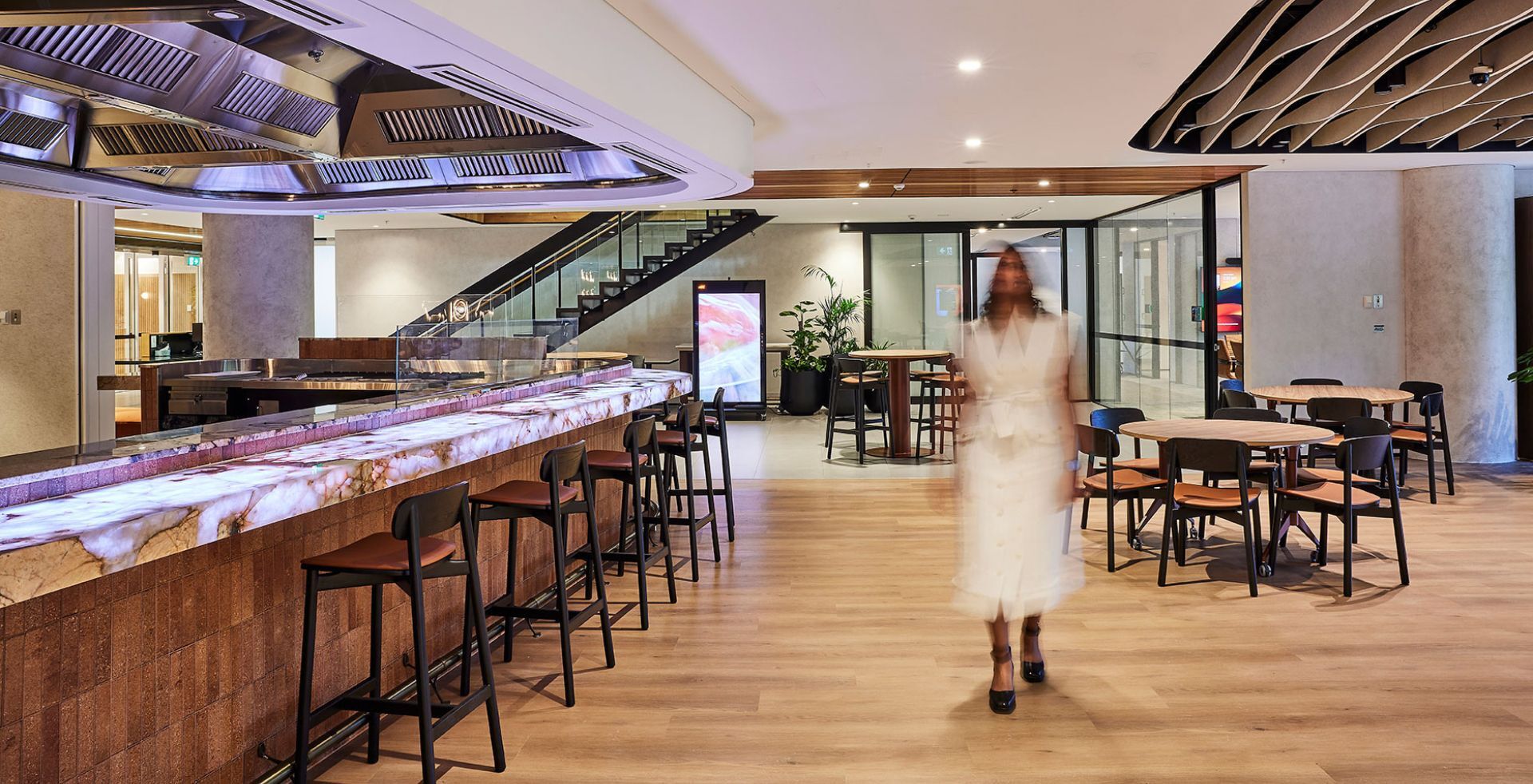
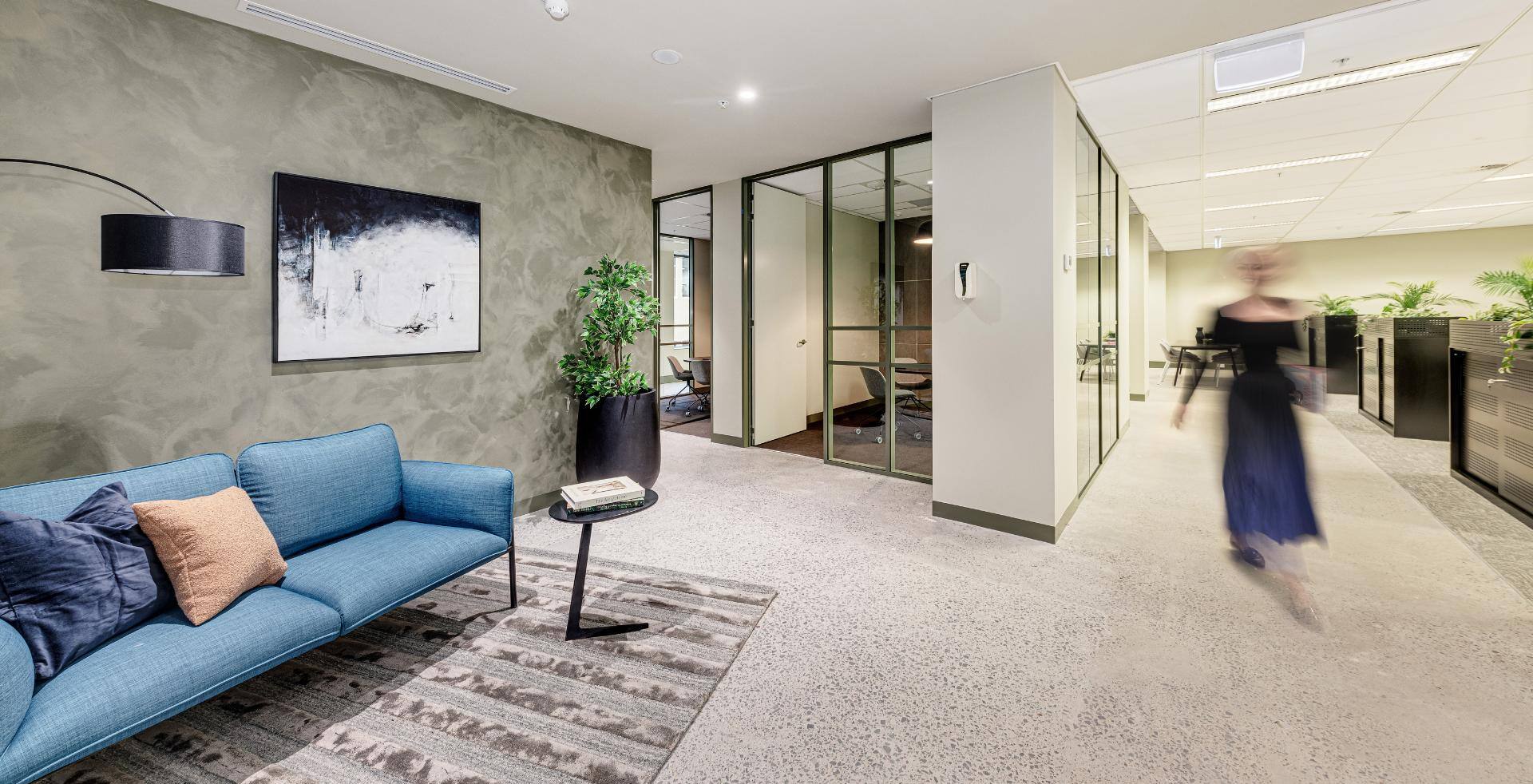
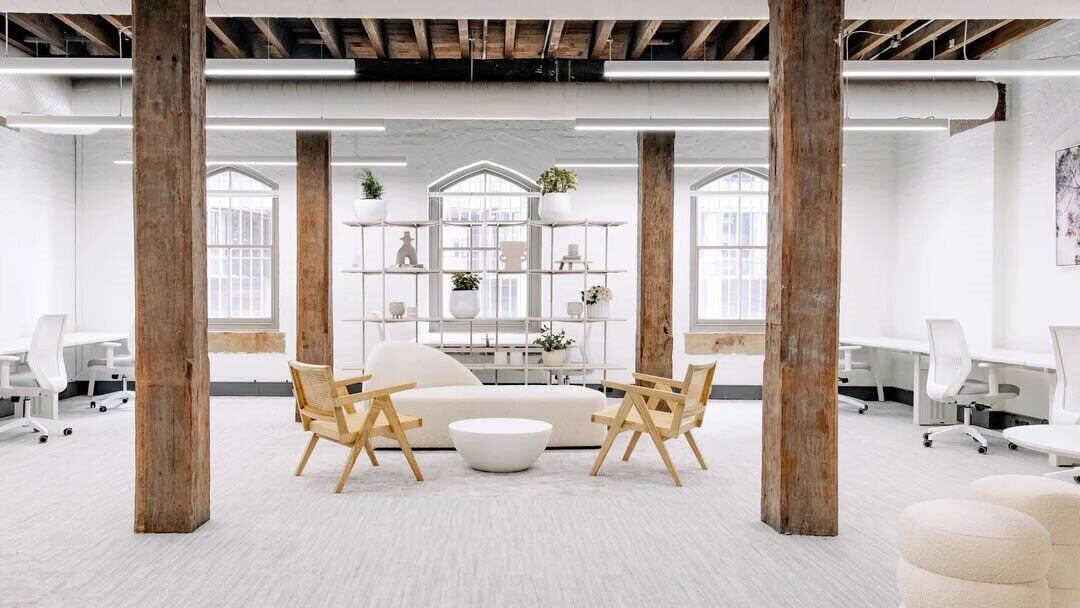
-2.png)
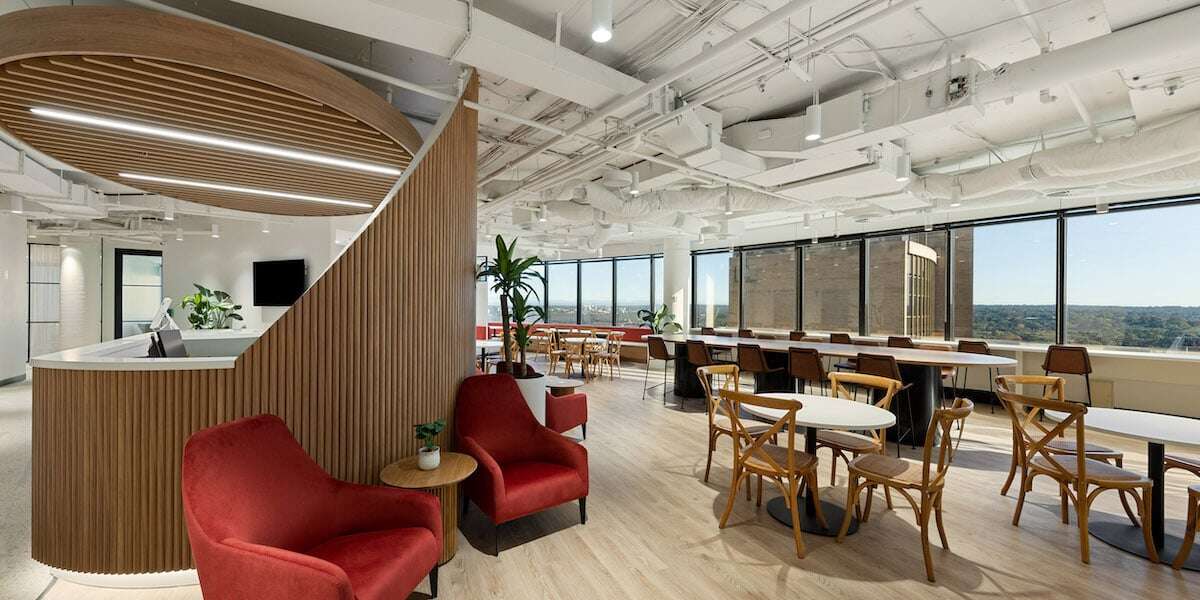
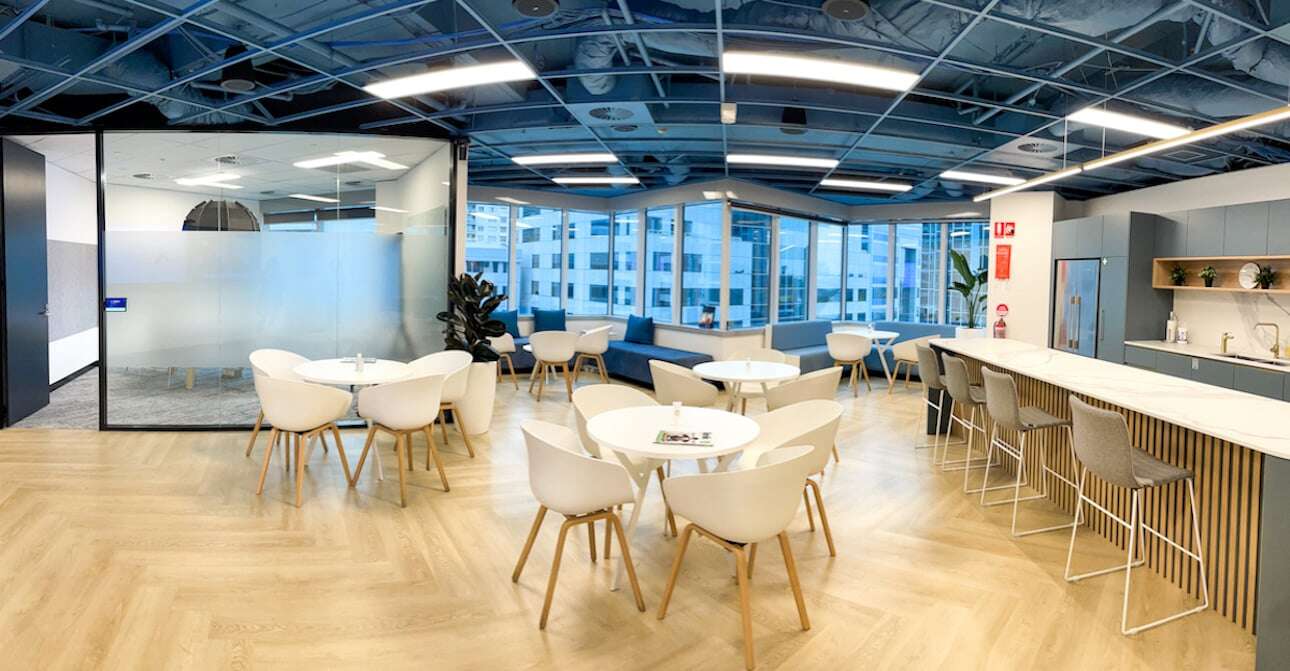
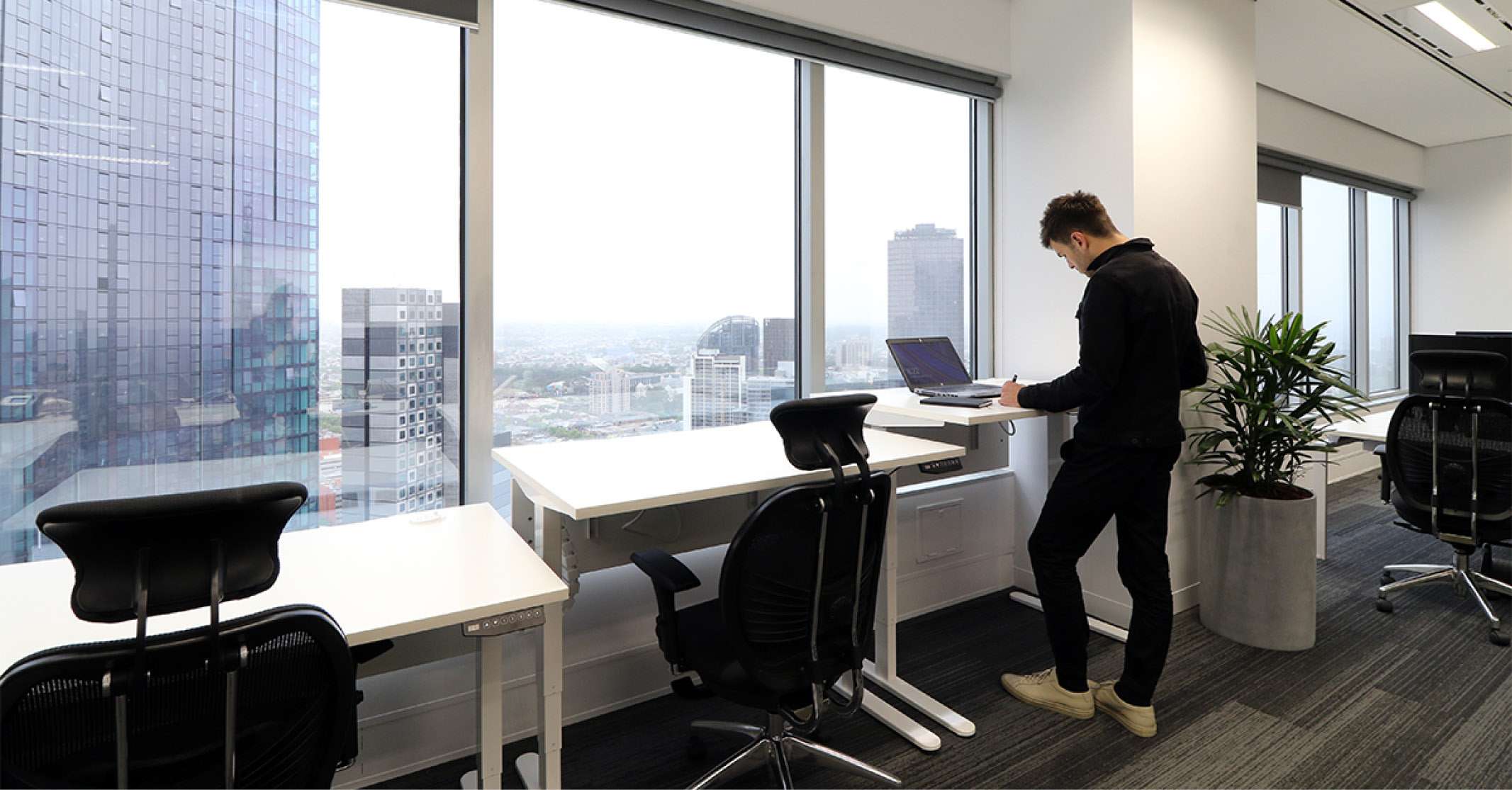
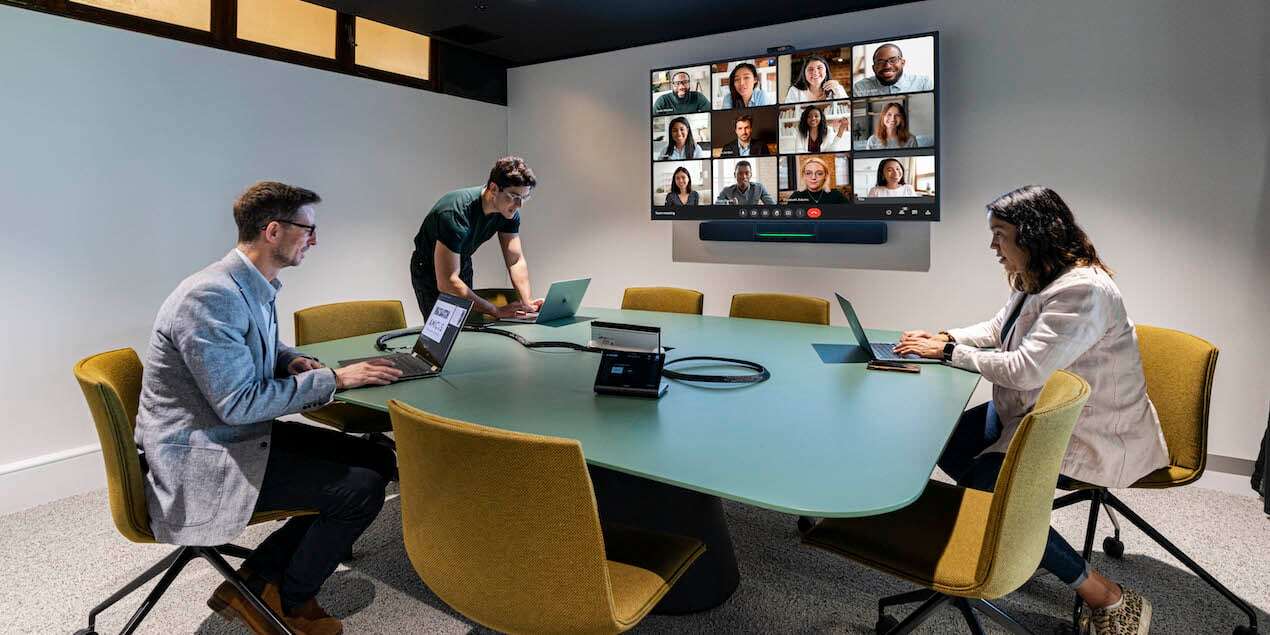
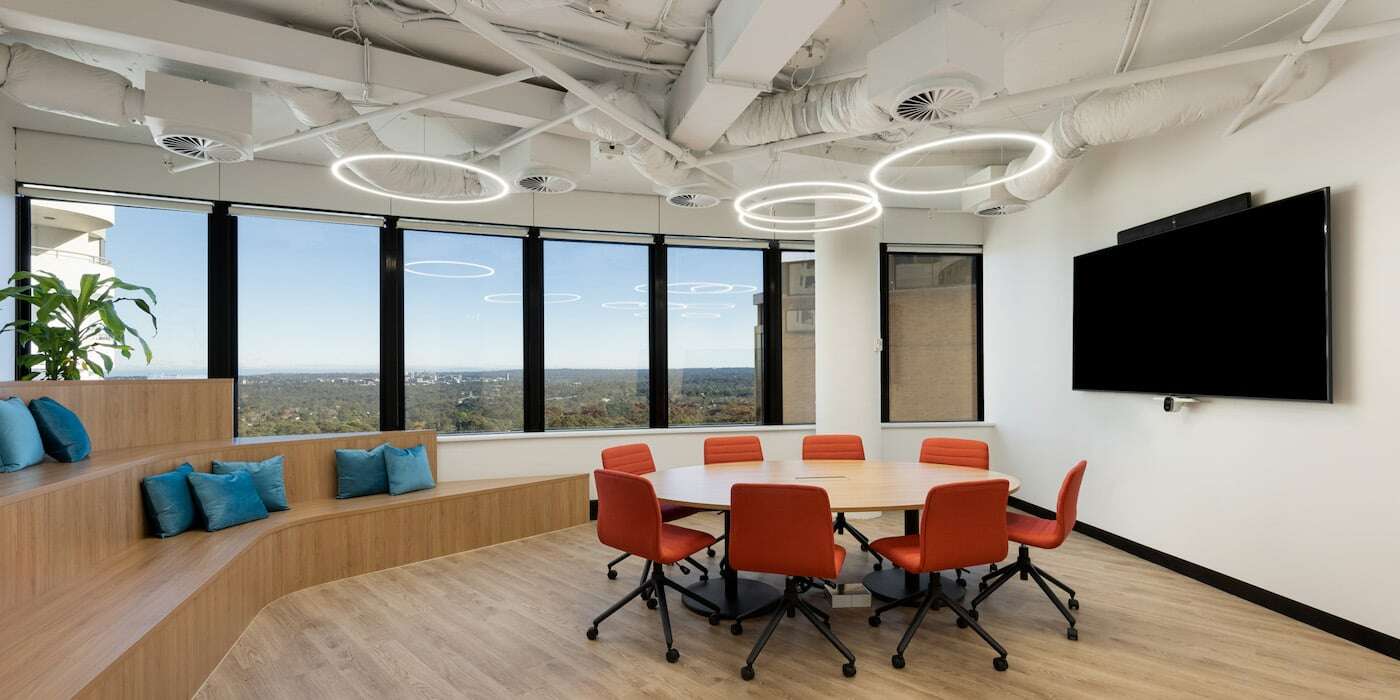
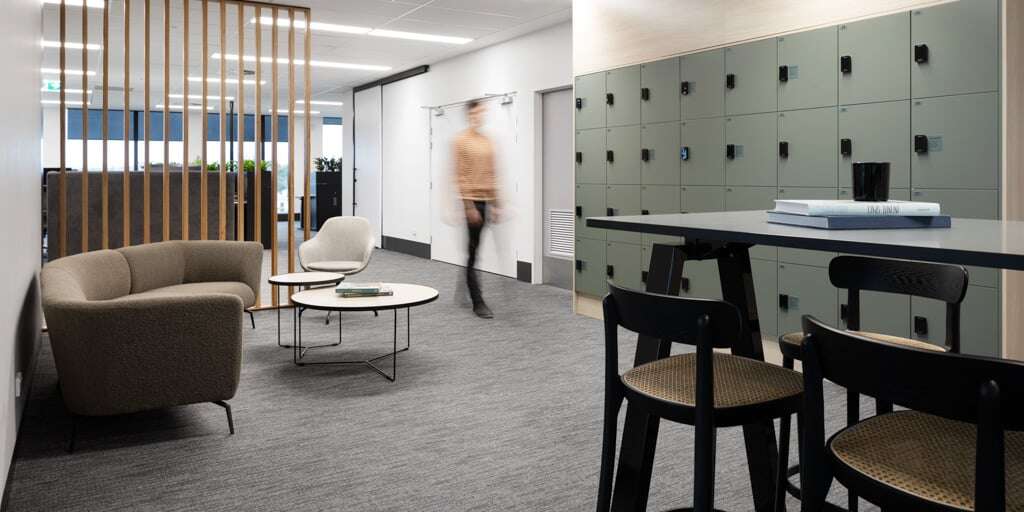
/Sectors/Office/contact-amicus.jpg)